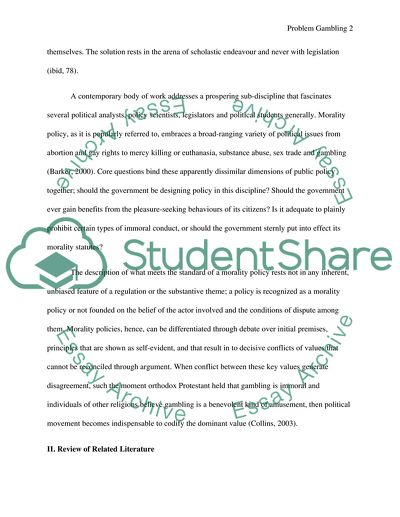Cite this document
(Regulating Gambling Activities and Public Utility Regulators Literature review, n.d.)
Regulating Gambling Activities and Public Utility Regulators Literature review. Retrieved from https://studentshare.org/psychology/1720347-who-is-to-blame-for-problem-gambling
Regulating Gambling Activities and Public Utility Regulators Literature review. Retrieved from https://studentshare.org/psychology/1720347-who-is-to-blame-for-problem-gambling
(Regulating Gambling Activities and Public Utility Regulators Literature Review)
Regulating Gambling Activities and Public Utility Regulators Literature Review. https://studentshare.org/psychology/1720347-who-is-to-blame-for-problem-gambling.
Regulating Gambling Activities and Public Utility Regulators Literature Review. https://studentshare.org/psychology/1720347-who-is-to-blame-for-problem-gambling.
“Regulating Gambling Activities and Public Utility Regulators Literature Review”, n.d. https://studentshare.org/psychology/1720347-who-is-to-blame-for-problem-gambling.


